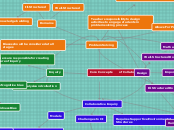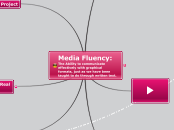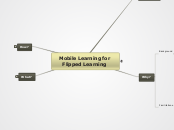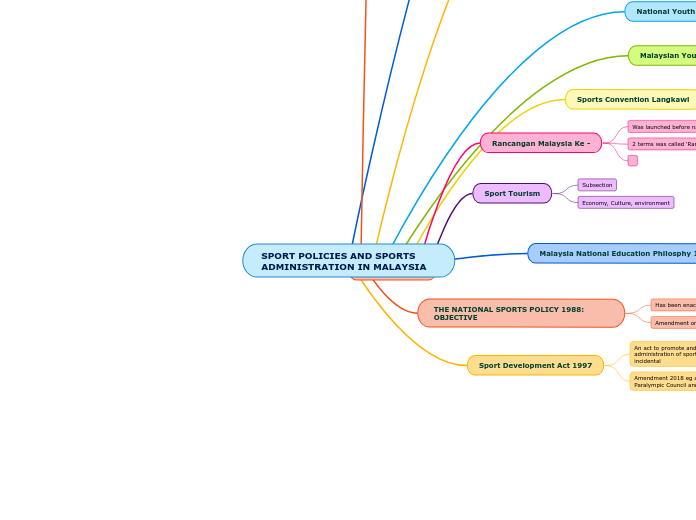What is Collaborative Inquiry?
Teachers and administration working together to identify common challenges, working cohesively to achieve common goals, analyze data, and refine instructional skills.
Burning Questions:
1.How can we actively engage students in their own problem solving processes?
2. How can our biases and previous experiences be of benefit to the CI process?
3. How can we create a supportive environment that encourages CI?
Core Concepts
of
Collaboration
Inquiry
Data analysis
and collection
Aids in
awareness of
cognitive bias
Vividness Bias
Confirmation
Bias
Omission Bias
Teachers are responsible
for creating a culture of
inquiry
Involves teachers
changing classroom
pedagogy to try new
approaches (DeLuca, 2015)
Design
Importance of reflective
practice
Teacher must develop
and model this process
for learners
Teacher acts as the facilitator to
this process
Ill-Structured
Domains
Constructivism
Humanities and Languages
Well-Structured
Domains
Math and Sciences
Problem Solving
Allows For Professional Development
Teachers need to
have supports set
in place
Biases should be considered
at all stages
Teachers responsibility
to design activities to engage
students in problem solving process
Must be:
- Meaningful and engaging
- Discovery based
- Have purpose
- Students will use judgement and personal belief
Domains
Well-Structured
Clear path to resolution;
fixed outcomes
Ill-Structured
Knowledge building
several results;
unknown outcome
Collaborative Inquiry
Requires Supportive
Environmental Structures
Supports will benefit teachers,
students, and schools
Collaborative technology as
a valuable support
as
Includes:
- Google Drive
- Mindomo
- KaHoot
- Class Dojo
- Popplet
- Padlet
- LinkedIn
- SeeSaw
- EverNote
- WhatsApp
Challenges to CI
1.Lack of support from peers
or administration
2. Educators must "buy into" the
process
3. Full participation must take place
4. Time restraints
Models
CI can be seen as a cyclical process: as few as 3 steps or as many as 11 steps (DeLuca, 2015)
Intended to promote
ongoing dialogue
3 Main Processes Involved:
1. Dialogical Sharing
2. Taking Action
3. Reflecting
Provides flexibility and encourages "buy in to participants.









